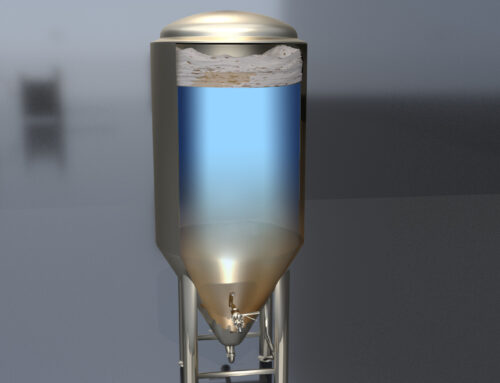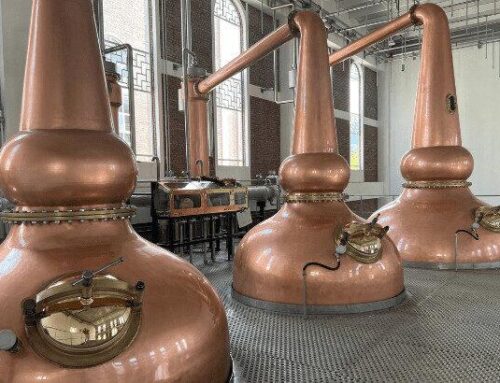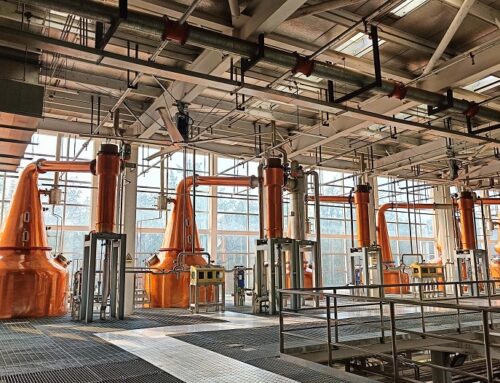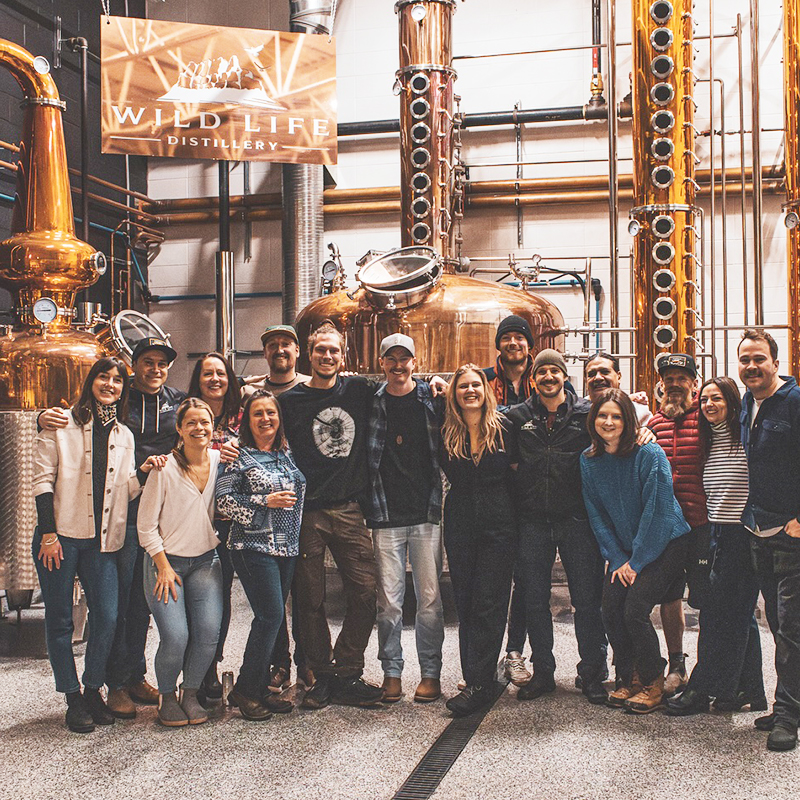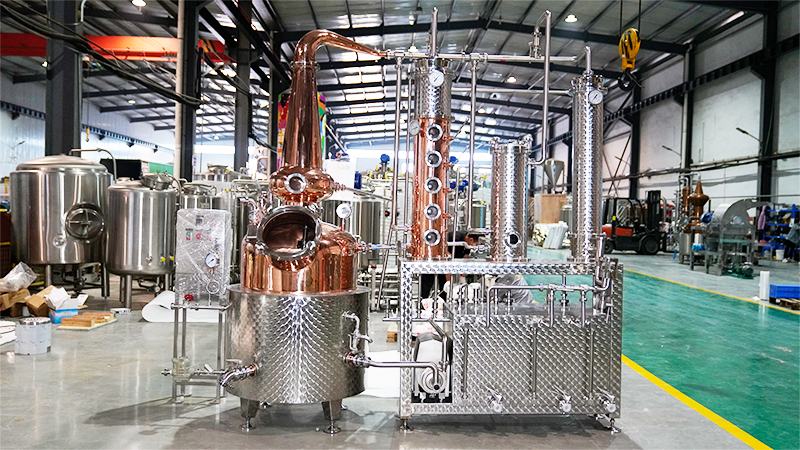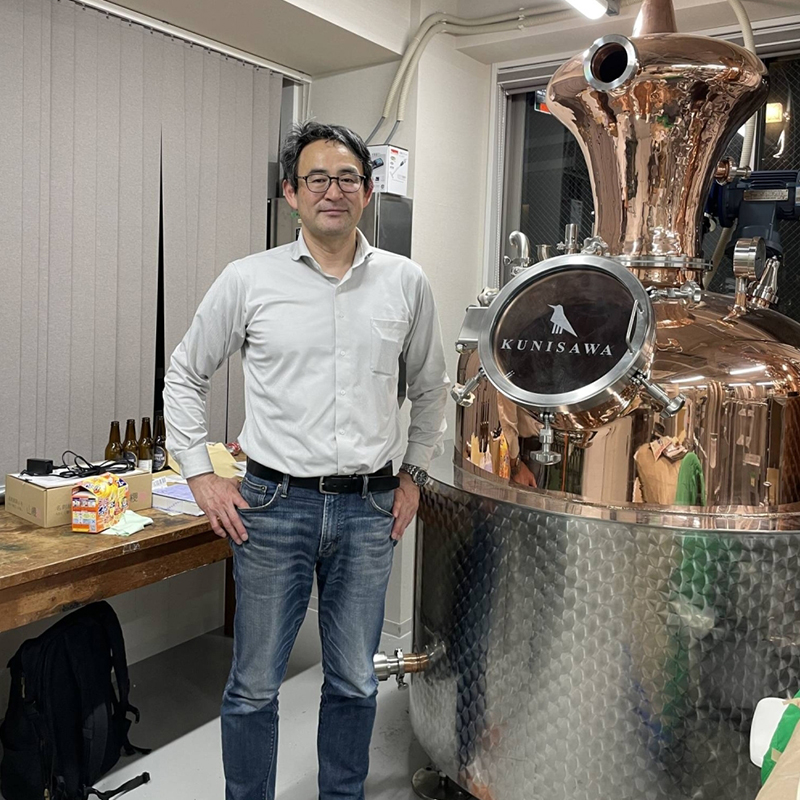
Which still makes the best bourbon?
When it comes to making bourbon, most enthusiasts focus on the grains, barrels, and aging conditions. However, the still plays an equally important—and often underestimated—role. The right stills, columns, and fermenters can significantly impact the purity, flavor, and overall quality of the final bourbon.
Distillation is the process of separating the alcohol from the fermenting mash based on boiling point. The equipment used at this stage can impact:
Flavor intensity and retention
Removal of unwanted impurities (such as methanol and sulfur compounds)
Taste and body of the whiskey
Batch-to-batch consistency
In bourbon production, equipment must strike a balance between removing harsh ingredients while retaining its rich, complex flavor. There are two main types of stills used in bourbon production: pot stills and column stills. Each has its own advantages, depending on the style and quality goals of the bourbon.
Pot Stills: Traditional and Rich
A hallmark of traditional distilling, pot stills preserve the original flavor of small batches of whiskey and provide greater control over the final product. They are usually made of copper, which plays a vital role in improving the quality of whiskey by reacting with sulfur compounds and removing off-flavors.
Advantages of pot stills for bourbon:
Retains more of the same (flavor compounds)
Produces a richer, more robust bourbon
Allows manual adjustments during the distillation process
Enables the distiller to make precise cuts (heads, heart, tails)
Column stills: Efficient and stable
Column stills are widely used in large-scale bourbon production, with high efficiency and stable output. Column stills are also made of copper or stainless steel (sometimes with copper plates inside), and can continuously produce spirits without the need for refilling like pot stills.
Advantages of column stills for bourbon:
Higher yields
Higher alcohol purity
More consistent flavors
Easier to remove unwanted impurities while maintaining the desired flavor

Key features of high-quality stills
Top-quality bourbon stills, whether pot stills or column stills, have several common features:
Copper construction or parts: Copper is so important for flavor extraction that even stainless steel columns often have copper plates or inserts.
Precise temperature control: Modern systems allow for fine-tuning of heat to precisely control distillation fractions.
Modular design: Some advanced stills allow switching between pot stills and column stills for greater flexibility.
Integrated fractional condensers: These cooling units control reflux, significantly affecting the strength of the final spirit.
Customizable plate sections: Adjustable plates in column stills allow distiller to create lighter or heavier spirits as needed.
Which equipment makes better bourbon?
For craft, boutique, and ultra-premium bourbons: Copper pot stills are often preferred because they offer richer flavor and easier handling.
For high-end bourbons with consistent quality and scale: High-end copper or copper-lined column stills are ideal because they combine efficiency with quality.
In fact, many leading bourbon distilleries use a combination of both systems—starting with a column still for the first distillation and ending with a double still (a pot still) to add body and depth.

